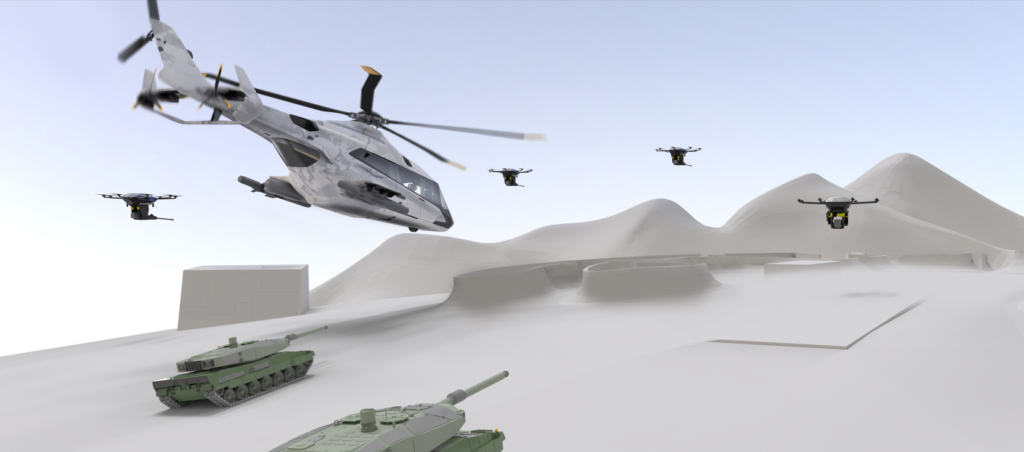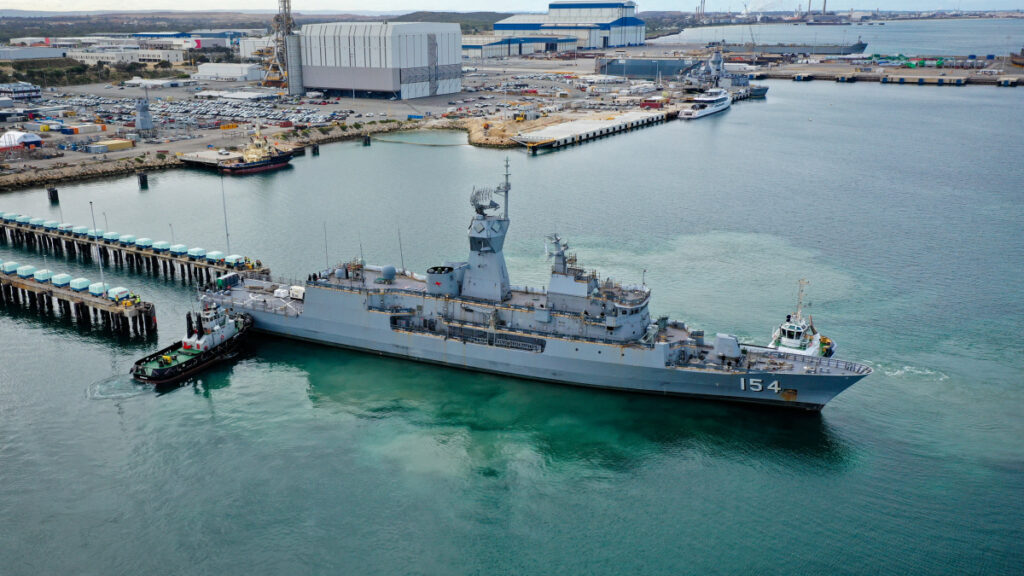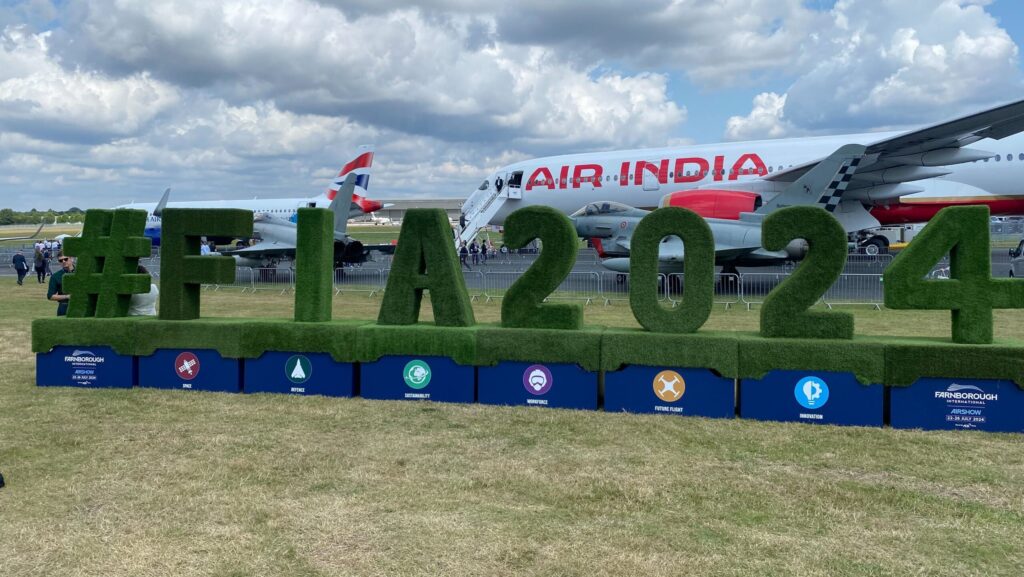An F/A-18E Super Hornet, from the “Kestrels” of Strike Fighter Squadron (VFA) 137, makes an arrested gear landing on the aircraft carrier USS Nimitz (CVN 68). (U.S. Navy photo by Mass Communication Specialist 2nd Class Justin McTaggart)
WASHINGTON — The US Navy is delaying about $1 billion of funding into developing its next-generation strike fighter in its new budget, a move senior leaders said was a deliberate choice to sacrifice future modernization to keep current readiness high.
The funding delay means any major decisions about awarding a contract on the program will be kicked down the road, unwelcome news to the country’s top three aerospace prime contractors — Boeing, Lockheed Martin and Northrop Grumman — which have all signaled their intent to fight for a production contract.
“We’re absolutely committed to the capacity and lethality of the of the carrier wing,” Rear Adm. Ben Reynolds, deputy assistant secretary of the Navy for budget, told reporters last week. “The capacity [and] the firepower of the air wing is orders of magnitude above anything else that that [the Defense Department] has.”
Reynolds said that funding for F/A-XX, the strike fighter intended to replace the service’s stalwart F/A-18 Super Hornet, was previously projected to receive around $1.5 billion in FY25, but the constraints of the Fiscal Responsibility Act of 2023 forced the Navy to disperse much of that money into future budgets. The FRA, signed into law last June, provides an FY25 defense spending cap of $895 billion, and the Navy and Marine Corps’ share of that topline under the newly-released budget is $257.6 billion.
For more coverage of the FY25 budget release, click here.
“In terms of what comes at the top of the list, it is readiness. It is people. It is the today issues that we have to get on top of,” Navy Under Secretary Erik Raven told reporters while speaking alongside Reynolds. “Where our guidance directs us to take risk is in future modernization.”
Details on what F/A-XX may look like have been thin, aside from DoD officials emphasizing that the Navy and Air Force have no interest in repeating the joint design experience from the F-35. A Navy spokesperson told Breaking Defense last August that the service “has identified operational reach, capacity, long range kill chains, autonomy, and next generation survivability as key enablers in the Air Wing of the Future and supporting Family of System.”
Industry has been taking seriously the chance to jump on F/A-XX. At the Barclays Industrials Conference in February, Northrop CEO Kathy Warden appeared to suggest proposals for a down-select were coming soon.
“And then of course, we’re looking at other sixth-generation aircraft proposals that we will be submitting this year for down-select, maybe next,” she said.
The service’s choice to delay its next-gen strike fighter development is punctuated by a previous decision to end production of the Boeing-made F/A-18 Super Hornet. The Navy has been signaling since 2020 that it wanted to stop buying Super Hornets in 2023 and explicitly told lawmakers the money saved would be invested directly into F/A-XX and the family of systems known as the Next Generation Air Dominance program.
The combination of F/A-XX now effectively delayed and Super Hornet procurement zeroed out could lead to serious blow-back for Navy brass when they testify to lawmakers, who were already skeptical of the service’s plans to resolve its strike fighter shortfall.
With its primary customer signaling a shift to a newer plane, Boeing in February 2023 announced its plans to cease F/A-18 production in 2025, ending an era for a warplane favored by the US Navy since the 1970s. The company at the time said last minute orders from the Indian Navy might have kept the line going until 2027, but in July, India opted for a French fighter, all but ensuring the production line in St. Louis will soon go cold.


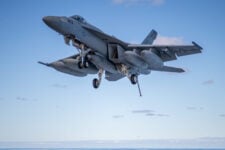
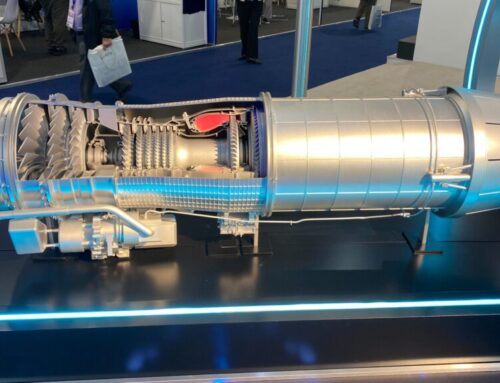
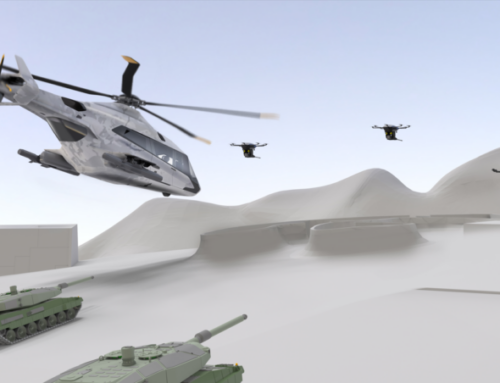
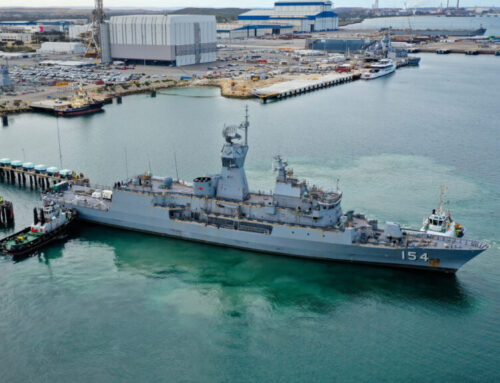
![The sights from the 2024 Farnborough Airshow [PHOTOS]](https://centurionpartnersgroup.com/wp-content/uploads/2024/07/IMG_8722-scaled-e1721930652747-1024x577-hZjwVb-500x383.jpeg)

